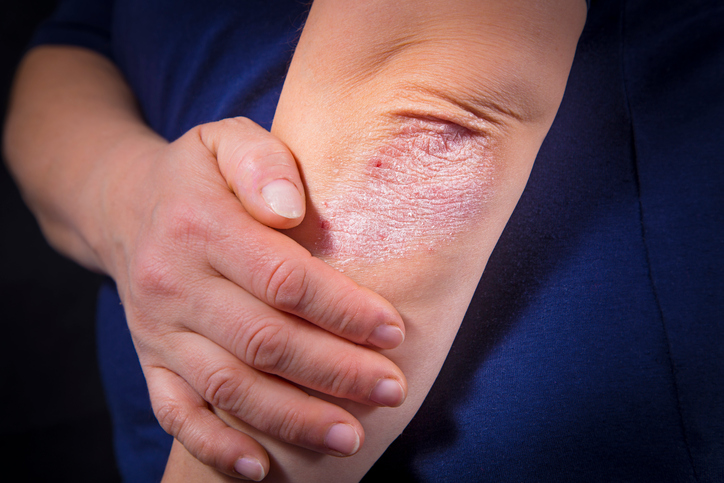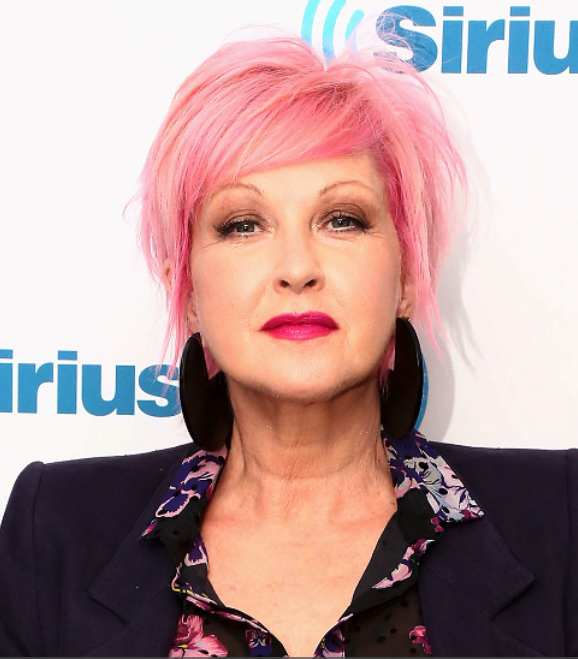Despite the fact that their disease may be more severe, a new study shows minorities are less likely than white Americans to see a doctor for psoriasis treatment. Researchers from the Perelman School of Medicine at the University of Pennsylvania found that black, Asian, and other non-Hispanic minorities are about 40 percent less likely to see a dermatologist for psoriasis than whites. Additionally, whites averaged about double the number of doctor’s appointments for psoriasis overall compared with non-Hispanic minorities. Rates were similar between white and Hispanic individuals. Researchers published their findings in the Journal of the American Academy of Dermatology.
Psoriasis is a chronic inflammatory disease that causes skin cells to multiply faster than normal resulting in raised, red patches covered by silvery scales. It occurs most commonly in a symmetrical manner on the scalp, knees, and elbows but can appear anywhere on the body including the face, genitals, nails, and other places. It also has profound effects on health-related quality of life, and in moderate to severe cases, it carries an increased risk of heart attack, stroke, and premature death. The National Psoriasis Foundation estimates psoriasis affects about 7.5 million Americans.
“While psoriasis is less common among minorities, previous research has shown their disease can be more severe. Despite that, this study shows minorities are less likely to see a dermatologist for treatment,” said the study’s senior author Junko Takeshita, MD, PhD, MSCE, an assistant professor of Dermatology and Epidemiology at Penn.






